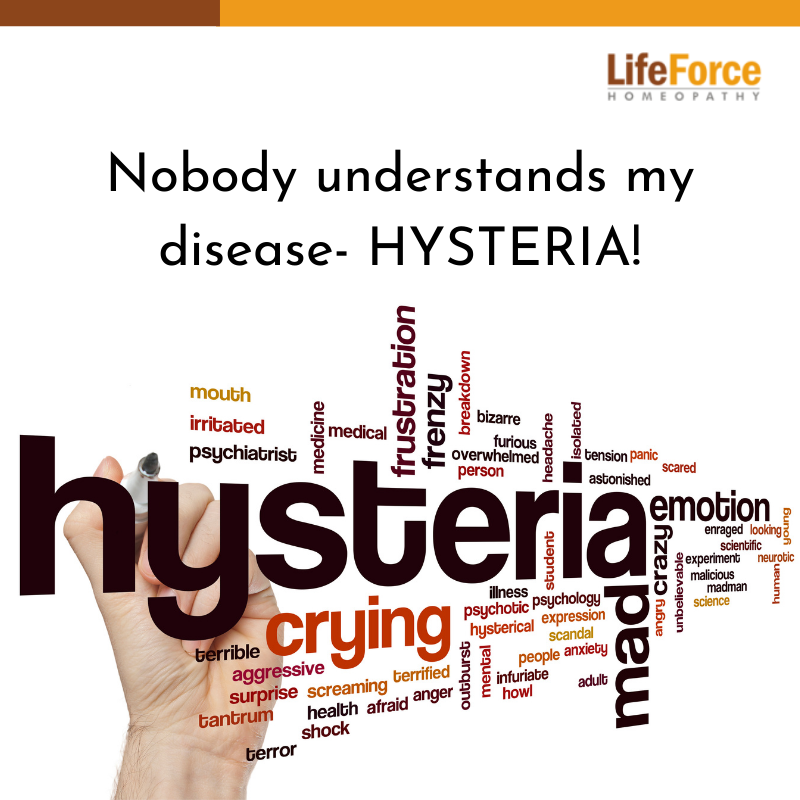Great Zimbabwe University, Masters in Counselling Psychology student.
Share

Hysteria during examination period in schools
Learners in primary and secondary schools experience hysteria attacks forcing authorities to
suspend lessons due to violent behaviours.
Without roping in the parents, police and neighbourhoods converge in schools to find solutions.
The school authorities might find it difficult to handle the hysteric situation.
What exactly is hysteria?
Hysteria is a term often used to describe emotionally charged behaviour that seems excessive and
out of control. It is at type of mental disorder in which a wide variety of sensory, motor, or
psychic disturbances may occur.
Cherry (2022) defines hysteria as a feature of some conditions that involve people experiencing
physical symptoms that have a psychological cause.
When someone responds in a way that seems disproportionately emotional for the situation, they
are often described as being “hysterical.”
In other words, hysteria can be defined as a feature of some conditions that involve people
experiencing physical symptoms that have a psychological cause.
In schools, children discharge nervousness marked by excitability of the emotions.
Hysterical fits are most usual in adolescent girls and young women.
The attack may consist of jerking limbs with closed eyes and apparent unconsciousness, or a
drop attack with no convulsions. To understand the effects Hysteria had on women and medical
care, it is important to understand what exactly the condition entailed.
Hysteria was classified by many different symptoms and behaviors.
Basically, anything a woman did that was not viewed as acceptable behaviour was considered
hysteria and needed treatment.
Symptoms of Hysteria
Symptoms that are considered characteristic of “hysteria” include blindness, emotional outbursts,
hallucinations, histrionic behavior (being overly dramatic or excitable), increased suggestibility
and loss of sensation.
Additional symptoms often associated with being in a hysterical state have varied, but include:
being in a sort of trance, developing amnesia, experiencing paralysis, fainting or passing out
(syncope), having epileptic-like seizures, increased pain sensations and rigid or spasming
muscles.
Diagnosis of Hysteria
In 1980, the American Psychological Association (APA) changed the diagnosis of “hysterical
neurosis, conversion type” to “conversion disorder.”
Today, someone might be diagnosed with different types of disorders that were historically
known as hysteria, including dissociative and somatic disorders.
Dissociative Disorders
Dissociative disorders are psychological disorders that involve an interruption in aspects of
consciousness, including those related to identity and memory.
Disorders in this category include: Dissociative amnesia, which involves forgetting personal
information or not being able to recall certain events.
Dissociative fugue, which involves forgetting personal information combined with changing
physical locations, sometimes creating a new identity in the process Dissociative identity
disorder, which involves having two or more distinct personalities, each with no memory of what
the other has done. Somatic Symptom Disorder in the DSM-5, symptoms that once existed
under the broad umbrella of “hysteria” now fit under what is referred to as somatic symptom
disorder.
There are several related conditions that can be diagnosed within this category, including;
Conversion disorder, factitious disorder and illness anxiety disorder.
Somatic symptom disorder involves having a significant focus on physical symptoms such as
weakness, pain, or shortness of breath.
This preoccupation with symptoms results in significant distress and difficulties with normal
functioning.
With somatic symptom disorder, the person may or may not have a medical condition.
It is important to note that the disorder does not involve faking an illness—whether the person is
sick or not, they believe that they are ill.
Causes of Hysteria
When fear is fed with enough fuel it can become hysteria, excessive out-of-control fear that can
be contagious, and obviously dangerous.
A human staggered by a fire in a nightclub is an example of hysteria where the instinct for one’s
own survival trumps the instinct to help others, people lose control.
Over time, the theories about what causes hysteria have changed.
Although they originally focused on the uterus, we now know that the causes of both dissociative
and somatic disorders are often psychological in nature.
Dissociative disorders are generally caused by experiencing some type of trauma.
This might include being exposed to childhood abuse that is physical, sexual, or emotional.
Being in a natural disaster or being involved in combat can also lead to a dissociative disorder.
Somatic symptom disorder can also be a result of childhood abuse or parental neglect but is also
sometimes caused by having extreme anxiety about bodily processes and illness combined with a
low threshold for pain.
A phenomenon known as hysterical contagion, a form of social contagion, can also lead groups
of people to experience symptoms often associated with hysteria.
This phenomenon involves groups of individuals having symptoms of illness that are attributed
to a physical or contagious source, but that, in reality, stem from social and psychological
influences.
Management of Hysteria
Treating hysteria-like symptoms associated with dissociative and somatic symptoms disorders
typically includes some type of psychotherapy.
Common treatment approaches for these conditions include Cognitive behavioral therapy (CBT),
supportive psychotherapy, Dialectical behavioral therapy (DBT), Eye movement desensitisation
and reprocessing (EMDR) and Mindfulness-based therapy.
In some cases, medications may also be used to help reduce symptoms. For example,
amitriptyline, selective serotonin reuptake inhibitors (SSRIs), and St. John’s wort are known for
effectively treating somatic symptom disorder.
If someone becomes hysterical in a school setup, the primary focus should be of calming the
person down.
If it is a bystander becoming hysterical, move them away from the patient so as not to upset
them.
The teacher needs to keep their voice down and instructions clear, patiently working with them
to calm the person down.
The patient and other learners who witnessed the attack should be referred for counselling.
Coping With Hysteria
If you or a loved one experience symptoms once associated with hysteria—such as having
emotional outbursts, losing sensation, or having hallucinations—seeking the help of a mental
health professional is a good step.
In the meantime, here are a few tips to help you better cope: Practice mindfulness- concentrate
on the present instead of focusing on yesterday or tomorrow.
This can help you stay grounded. Engage in breathing exercises- relax your feelings of anxiety
by breathing in and out in specific patterns.
Write in a journal- get your feelings out and on paper. Put the sources of your stress in black and
white, and then let them go. Get physically active- go for a walk or hike, or take your bike for a
ride around the neighborhood. Physical activity helps boost mental health while promoting
physical health at the same time. Develop a consistent sleep schedule- give your body the rest it
needs to help it better deal with the symptoms and emotions you are experiencing.








